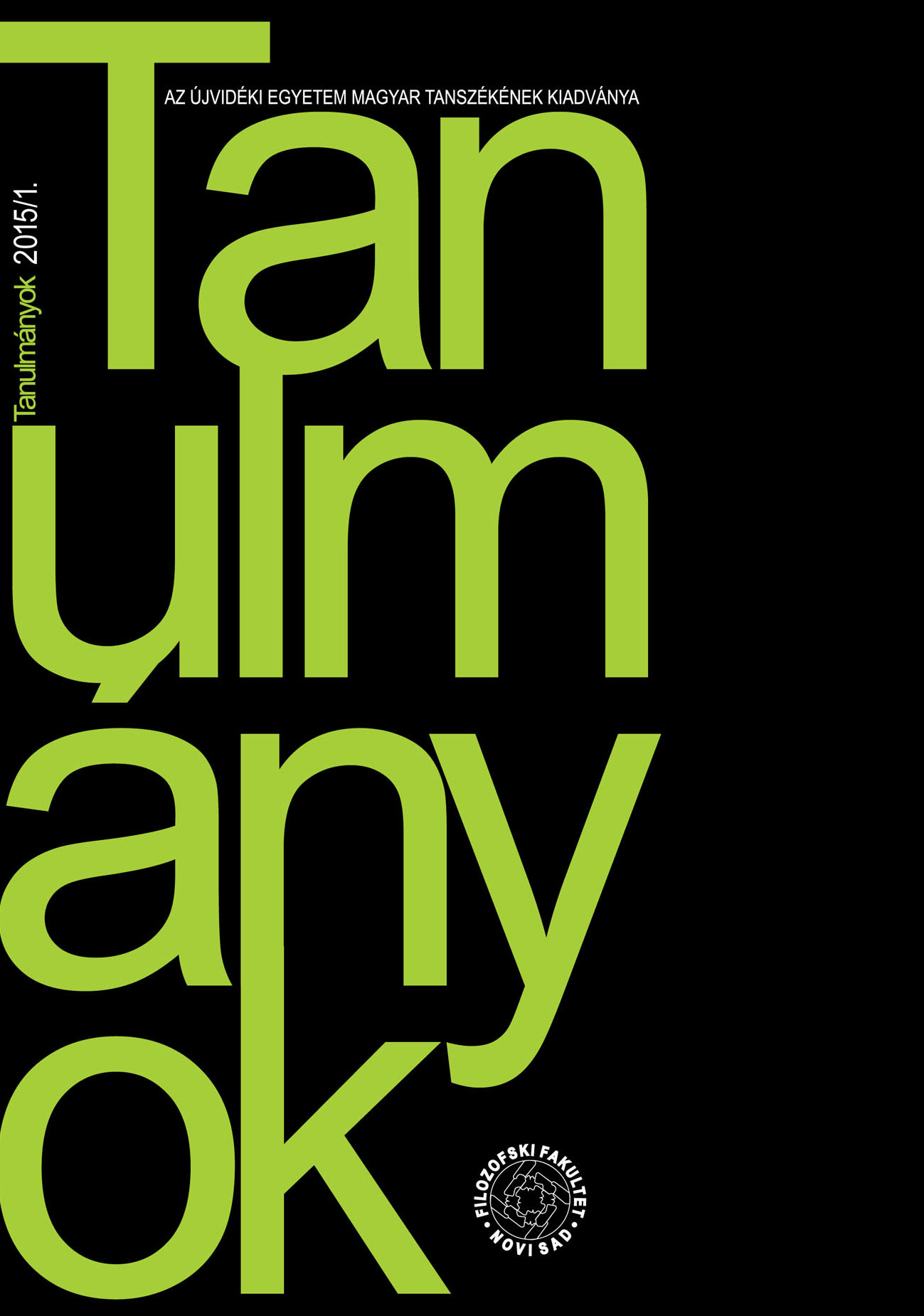Mazes of Stereotypes Related to Beggars and Homeless
Mazes of Stereotypes Related to Beggars and Homeless
(Analysis of the questions of living on the margines)
Author(s): Sarolta KulcsarSubject(s): Hungarian Literature
Published by: Филозофски факултет, Универзитет у Новом Саду
Keywords: beggar; homeless; stereotype; imagology; path finding
Summary/Abstract: Beggary and homelessness have been and still are a persisting problem of society, for this reason the key question is: how does one get to become a beggar? The affix less alludes to the state of being without a home or may it refer to other human values or the loss of these? Who may be called a homeless? One who does not have a home, someone from the street or this term may only refer to a person who is a bum? The study looks at the personality of beggars in short stories, the centralization of the marginalized position and the reflection on homelessness. The beggar’s tool is the beggar’s stick and bag: these objects are underlined in literary texts, too, for this reason I analized terms like the beggar’s cloak, bag and stick as metatexts, and conducted an in depth research on the methodology of begging in texts of Krisztina Tóth, Miklós Mészöly’s The Beggars’ Dance, Zsigmond Móricz’s Seven Pennies, William Modisane’s The Dignity of Begging, István Szathmári’s The City and the Poet and Géza Ottlik’s The Christmas Mute. The aim of the study is to draw attention to stereotypes that characterize the life and path finding of people living on the margins.
Journal: Tanulmányok
- Issue Year: 2015
- Issue No: 1
- Page Range: 170-180
- Page Count: 11
- Language: English

